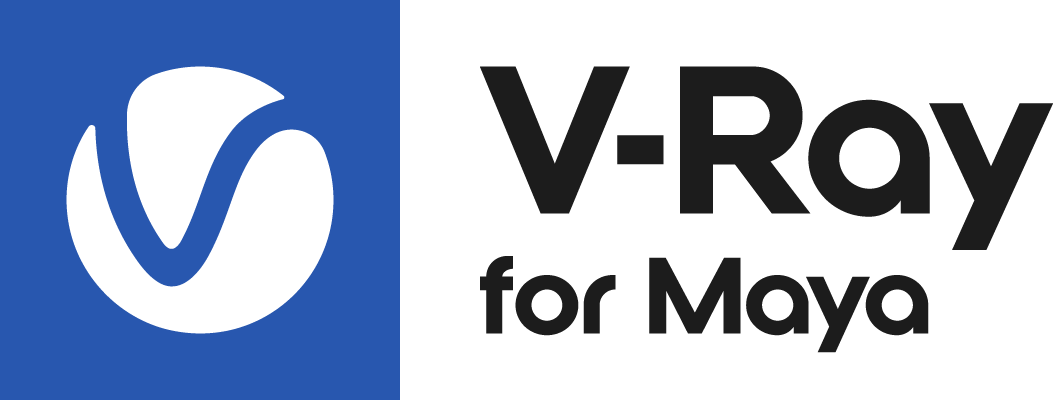Page History
This page offers information about V-Ray Enmesh in Maya.
Overview
...
| Section | |||||||||||||||||||||||||
|---|---|---|---|---|---|---|---|---|---|---|---|---|---|---|---|---|---|---|---|---|---|---|---|---|---|
|
| UI Expand | ||||||||||||||||||||||||
|---|---|---|---|---|---|---|---|---|---|---|---|---|---|---|---|---|---|---|---|---|---|---|---|---|
| ||||||||||||||||||||||||
|
...
Workflow
...
| Section | |||||||||||||||||||||||||||||
|---|---|---|---|---|---|---|---|---|---|---|---|---|---|---|---|---|---|---|---|---|---|---|---|---|---|---|---|---|---|
|
Basic Parameters
...
| Section | ||||||||||||||||||||||
|---|---|---|---|---|---|---|---|---|---|---|---|---|---|---|---|---|---|---|---|---|---|---|
|
Tiling Options
...
| Section | ||||||||||||||||
|---|---|---|---|---|---|---|---|---|---|---|---|---|---|---|---|---|
|
...
...
Example:
...
This example shows how applying multiple reference objects affects the mesh. Click on the expandable field to see the original reference geometries and the order they were used in. A V-Ray Light material with varying Opacity is applied to the reference objects.
...
| title | Expand for reference geometries |
|---|
Tiling
The following example shows how Enmesh is used on a simple plane to coat it with a pattern of torus objects. The pattern is controlled via the Tiling parameters and the tori are included in the Reference Objects list.
The Crop box X, Y and Z are set at the following values respectively: 3.15, 1.125, 4.4.
| Anchor | ||||
|---|---|---|---|---|
|
| Section | |||||||||||||||
|---|---|---|---|---|---|---|---|---|---|---|---|---|---|---|---|
|
The tiling pattern changes considerably when Tiling values change:
...
| Section | |||||||||||||||||||||||||||||||||
|---|---|---|---|---|---|---|---|---|---|---|---|---|---|---|---|---|---|---|---|---|---|---|---|---|---|---|---|---|---|---|---|---|---|
|
|
Notes
...
| Fancy Bullets | ||
|---|---|---|
| ||
|
...













